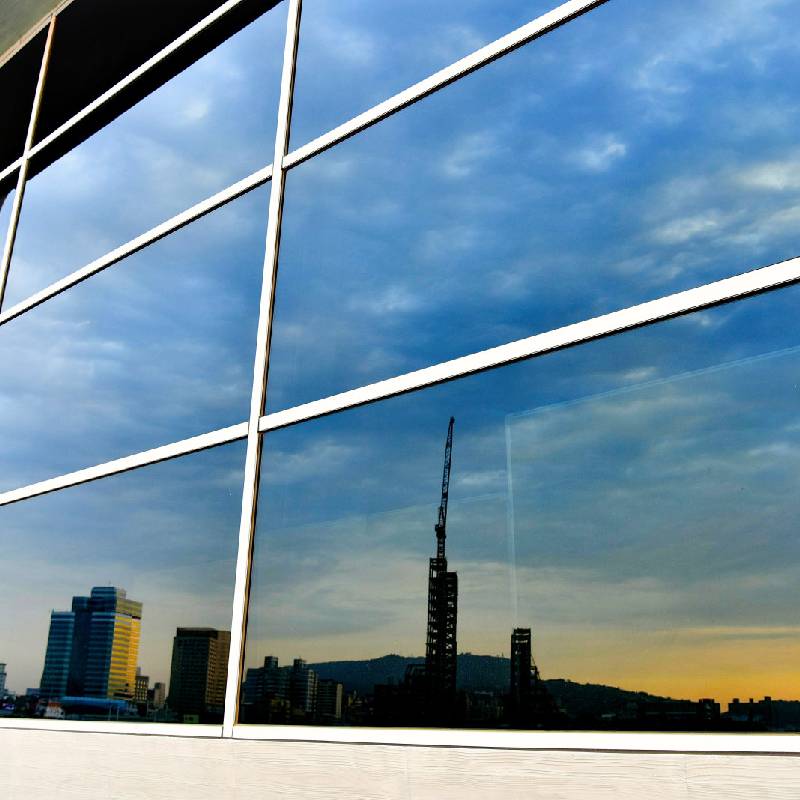

The Allure of Blue Low E Glass A Modern Architectural Marvel
In recent years, the architectural landscape has undergone a significant transformation, increasingly embracing eco-friendly materials and innovative designs. Among these advancements, Blue Low E Glass has emerged as a crucial element in modern construction. This specialized glass not only enhances the aesthetic appeal of buildings but also provides functional benefits that contribute to energy efficiency and sustainability. This article explores the characteristics, benefits, and applications of Blue Low E Glass, illuminating why it has become a preferred choice for architects and builders alike.
Understanding Low E Glass
Low Emissivity (Low E) glass is a type of insulated glass that has been treated to reflect heat while allowing light to enter. The “Low E” coating is a thin layer of metallic oxide that significantly reduces the amount of ultraviolet and infrared light that can pass through without compromising the natural light that illuminates indoor spaces. While Low E glass can be produced in various shades and tones, blue Low E glass offers a unique aesthetic appeal with added benefits.
Aesthetic Appeal
The color blue has long been associated with tranquility and calmness, creating an inviting atmosphere in both residential and commercial spaces. Blue Low E Glass offers a striking visual impact, making it an excellent choice for buildings that aim to stand out while maintaining an elegant appearance. Whether adorning skyscrapers in urban landscapes or enhancing the facades of contemporary homes, this glass embodies modernity and sophistication.
Energy Efficiency
One of the most significant advantages of using Blue Low E Glass is its remarkable energy efficiency. As building designs increasingly focus on sustainability, Low E glass plays a pivotal role in reducing energy consumption. The insulating properties of this glass minimize heat transfer, keeping buildings cooler in the summer and warmer in the winter. This translates to lower heating and cooling costs and a reduced carbon footprint—a crucial consideration in today’s climate-conscious environment.

Additionally, the UV protection offered by Blue Low E Glass helps to protect furnishings and artwork from fading. By blocking a significant portion of UV rays, this glass prolongs the lifespan of interior elements, making it a prudent investment for both residential and commercial applications.
Noise Reduction
In an increasingly noisy world, the ability to provide peace and quiet within our homes and workplaces is invaluable. Blue Low E Glass can contribute to noise reduction, thanks to its density and the insulating properties of the window systems in which it is installed. This makes it an ideal choice for urban dwellings near busy streets or commercial buildings located in bustling areas, allowing occupants to enjoy a serene environment despite the external hustle and bustle.
Versatile Applications
The versatility of Blue Low E Glass extends beyond aesthetics and energy efficiency. It is applicable in various architectural settings—from modern skyscrapers to residential homes, schools, hospitals, and shopping centers. Its ability to blend seamlessly with different architectural styles makes it a favored choice among architects and builders. Moreover, it is available in various configurations, including tempered, laminated, and insulated units, catering to specific design requirements and enhancing overall performance.
Conclusion
In summary, Blue Low E Glass represents a fusion of design, functionality, and sustainability, making it a go-to material for modern architecture. Its aesthetic appeal adds a touch of elegance to any building, while its energy-efficient properties play a vital role in promoting sustainable practices. As the demand for environmentally friendly construction materials continues to rise, Blue Low E Glass stands out not only for its beauty but also for its commitment to reducing our ecological footprint. By choosing this innovative glass, architects and builders are not just crafting visually stunning buildings; they are contributing to a more sustainable and energy-efficient future. With its myriad benefits and versatile applications, Blue Low E Glass is undoubtedly a modern architectural marvel that will shape the skylines of tomorrow.